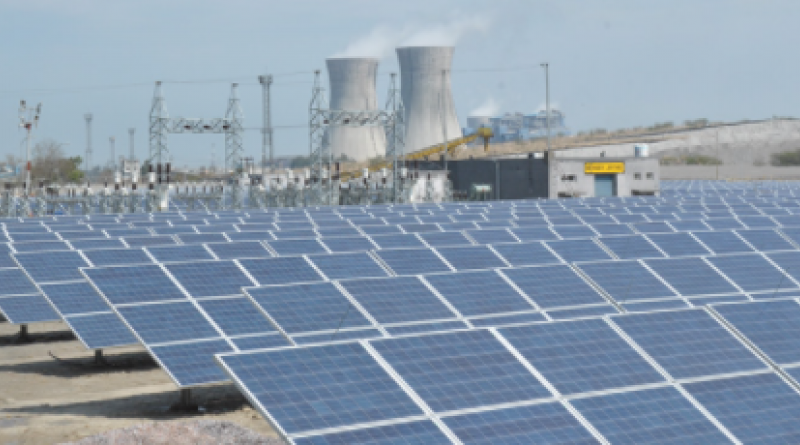India allows renewable, thermal power bundling in existing supply agreements

Gains from bundling to be shared between power generators and distributors
Ministry of Power and New & Renewable Energy to soon announce additional steps to boost renewable power
India aims for 500 GW of renewable power by 2030
India has allowed its thermal generation companies to supply renewable power to consumers under existing Power Purchase Agreements (PPAs) and set up renewable energy generation capacity by themselves or through developers via open bids, the country's Ministry of Power and New & Renewable Energy (MNRE) said late Nov. 16, as it issued revised guidelines for the power generation sector.
Under the provision, India's power distribution companies will not have to make separate PPAs for selling renewable power, which is cheaper than some other sources of power, and more profitable.
"As the cost of renewable energy is less than the cost of thermal energy, the gains from the bundling of renewable energy with thermal will be shared between the generator and distribution companies/other procurers on a 50:50 basis," the ministry said in a statement.
The move by the ministry comes as India's power generators and distributors struggle with billions of dollars in unpaid dues, as recoveries from the end consumer is often lower than the cost of generating power, due to some political freebies and subsidies, rampant power theft and delayed payments.
The state power utilities had outstanding dues of Indian Rupee 335.37 billion ($4.51 billion) as on July 31, to be paid to Central Public Sector Undertakings, data from the Central Electricity Authority showed.
Solar power tariff in India fell to its lowest level on record of Rupee 1.99/Kwh in 2020-21, down 69% from Rupee 6.47/Kwh in 2013-14, data from the MNRE showed. Wind power tariff was at Rupee 3/Kwh in 2020-21, down 49% from Rupee 5.92/Kwh in 2014-15.
Conventional power prices, meanwhile, ranged between Rupee 3-4/unit on an average in 2019-20, slightly higher than five years ago, but within the same range, the October 2021 bulletin of the Reserve Bank of India showed.
Renewable goals
Indian Prime Minister Narendra Modi raised the country's 2030 renewable power target to 500 GW, from 450 GW, at the 26th UN Climate Change Conference, or COP26, aiming to cut the country's carbon emissions, the third largest in the world.
India had a total power generation installed capacity of 390.79 GW as of end-October, with non-fossil fuels making up 156.35 GW, or 40%, of the total power mix, according to data from the MNRE.
The ministry said it would issue more orders "shortly" aimed at achieving the country's renewable power goal.
"Looking ahead, the rise of renewables is likely to add to the complexity of electricity tariffs, because it is likely to lead to billing based on the time of use becoming a more important part of cost‐effective system balancing," the International Energy Agency said in February in its India Energy Outlook for 2021.
17 November 2021
S&P Global




